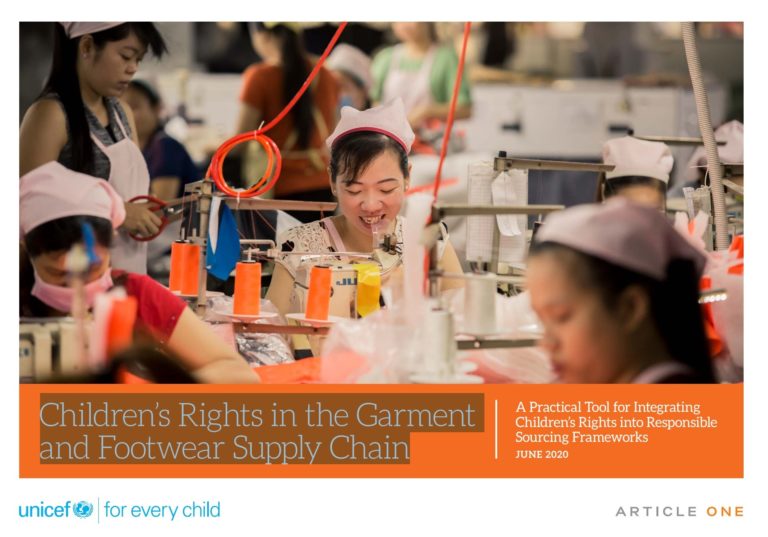Child Protection 2017 Policy Template and Self Audit Tool
Online ToolsGuidanceThis document is not a comprehensive resource on child protection policies, but rather provides a solid introduction on developing a policy for your organization. Organizations, staff, volunteers, and visitors must be fully aware that child abuse ca...Read More

